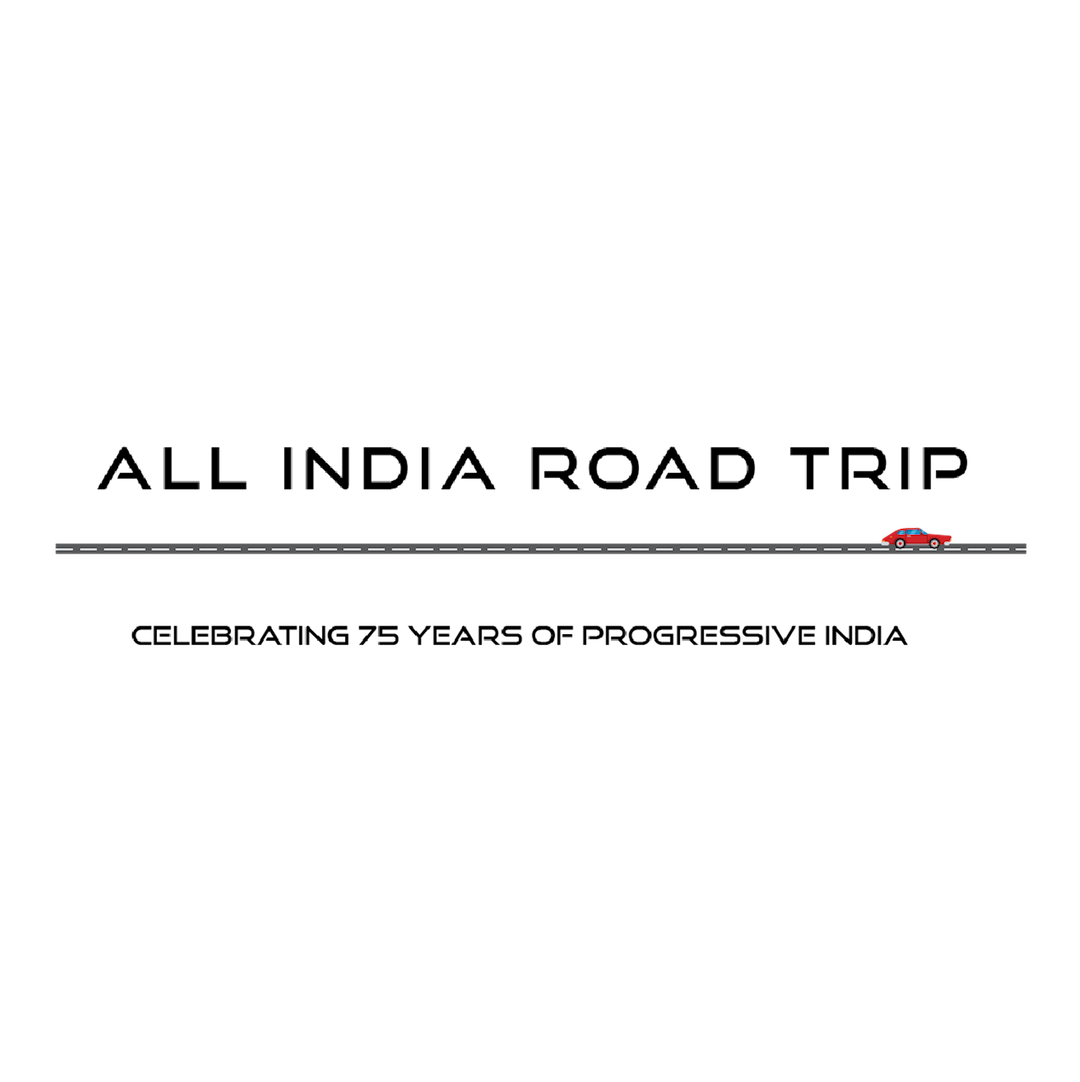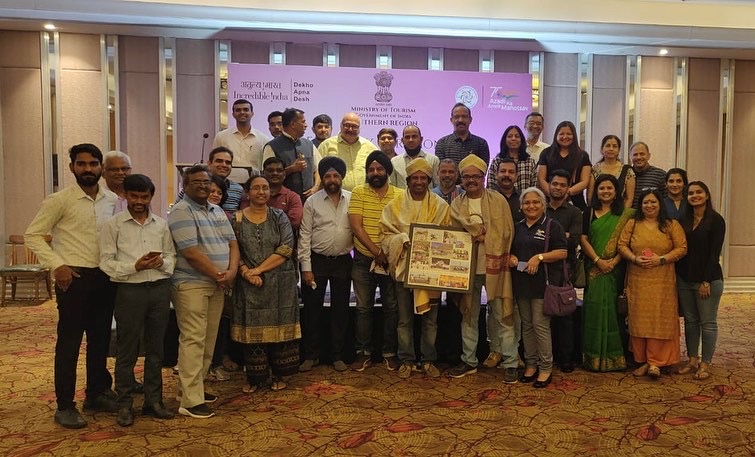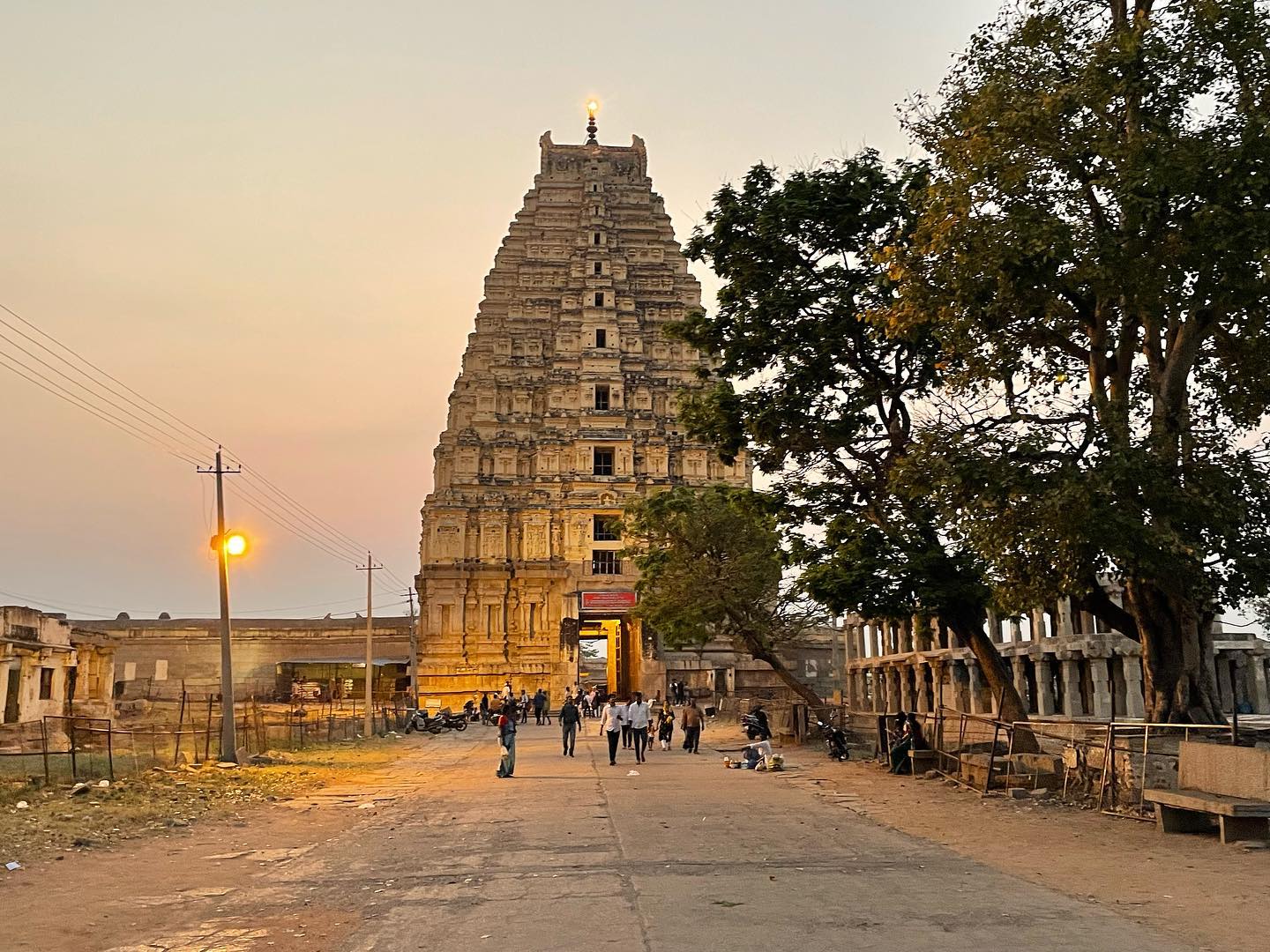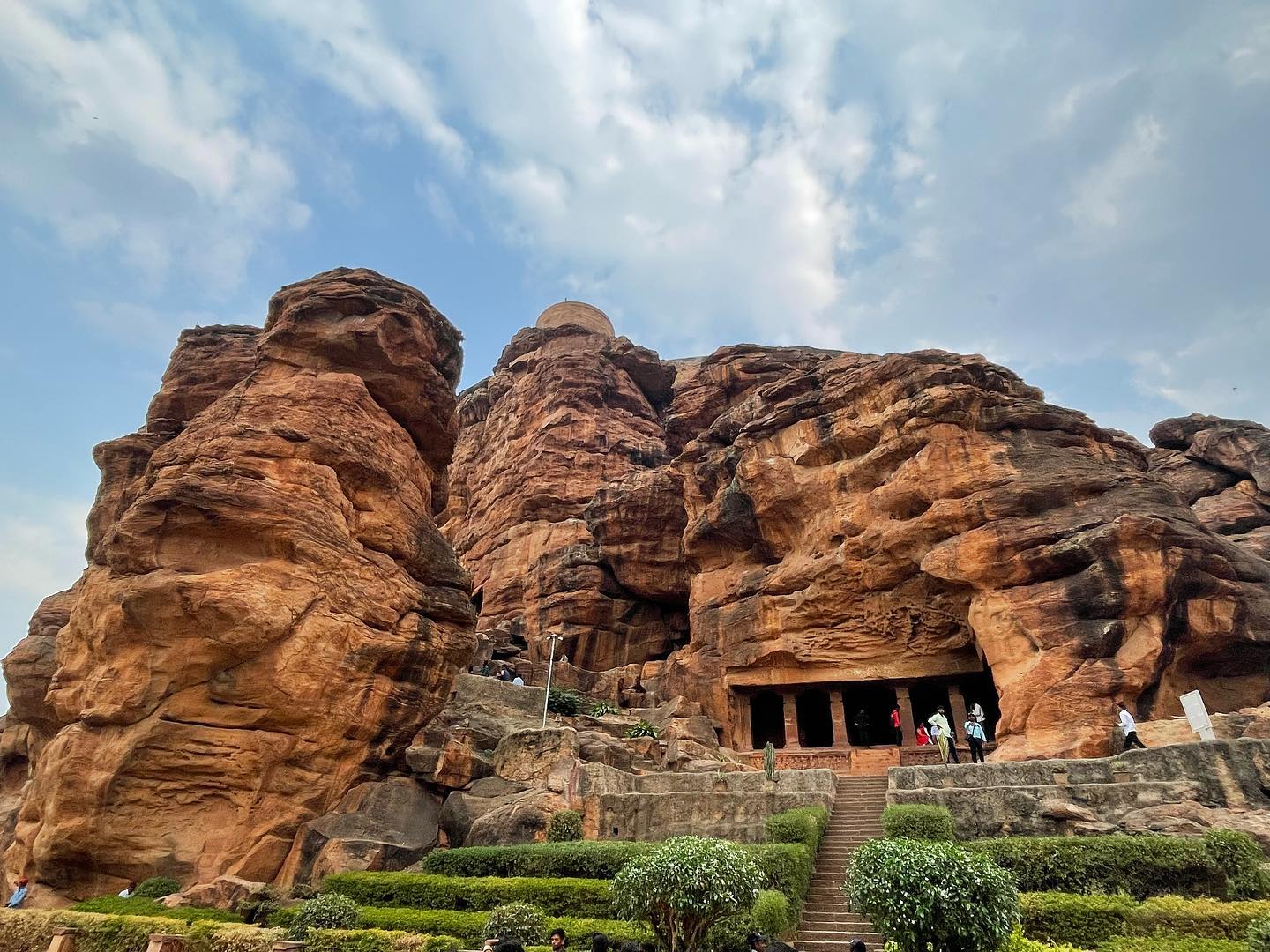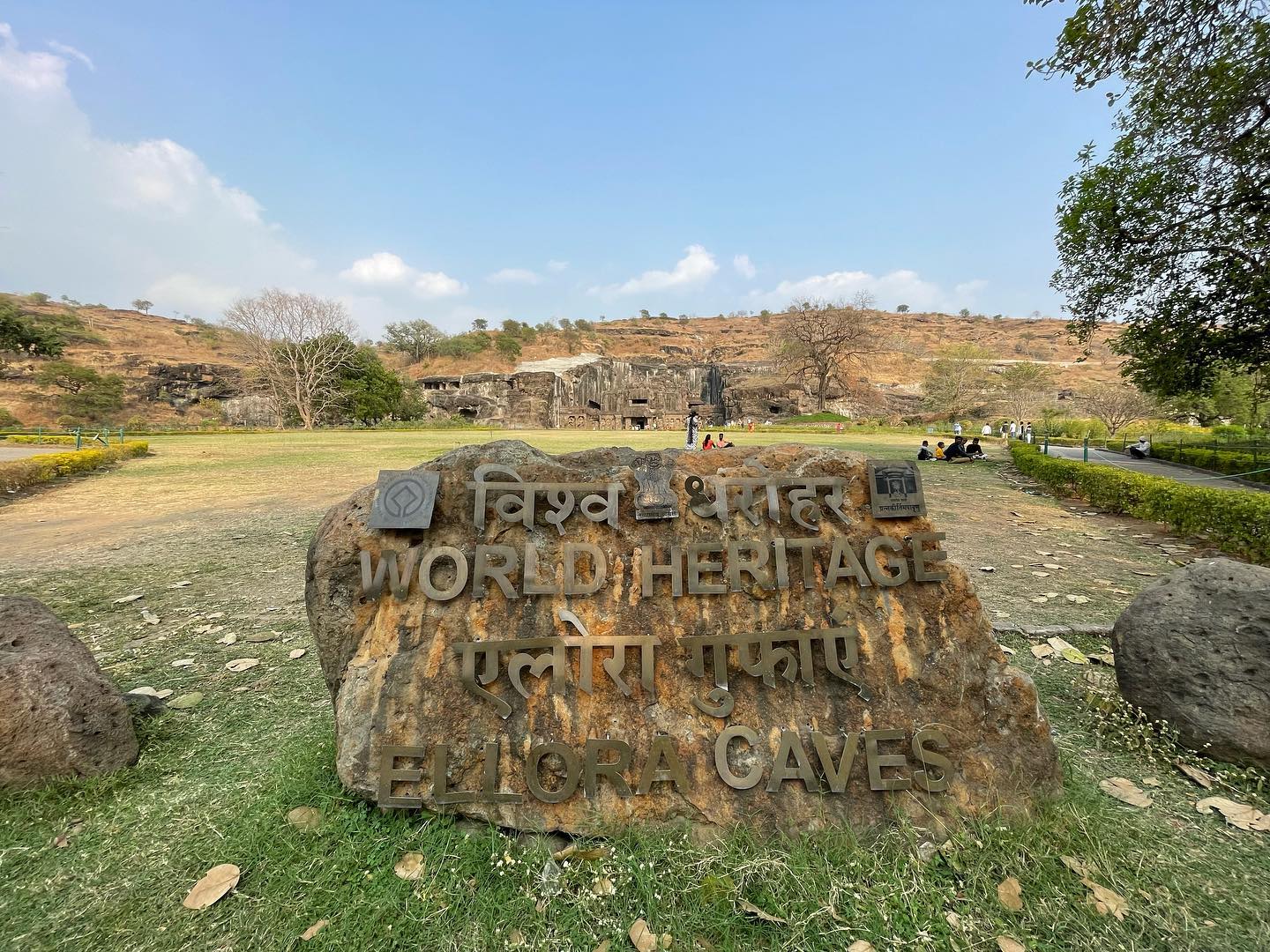8th November, 2021
Legend has it that Bikaji, one of Rao Jodhaji’s five sons, left his father’s Durbar in annoyance after an insensitive remark from his father, the illustrious founder of Jodhpur. Bikaji travelled far and when he came upon the wilderness called Jangladesh, he decided to set up his own kingdom and transformed it into an impressive city.
Since Bikaner was in the middle of the Thar desert, it served as an oasis and was on the trade route between Gujarat coast and Central Asia.
Not so long ago, we were all familiar with one Indian name in sport, Dr. Karni Singh. He was the first Indian to compete at five Olympic Games, which he did from 1960 to 1980, missing the Games of 1976, representing India at clay pigeon shooting. He was the last Maharaja of Bikaner State to hold the title of Maharaja of Bikaner, officially, till 1971, when the privy purse and all the royal titles were abolished by the Republic of India. He was also a politician, serving as a member of the Lok Sabha for twenty-five years, from 1952 to 1977.
Places to see in Bikaner:
Junagarh Fort
Built in 1593 AD by Raja Rai Singh, Junagarh is a fort in Bikaner. It was previously known as Chintamani Durg, but was named Junagarh fort in the beginning of the 20th century. It is one of the rare forts which are not built on a hill-top. The city of Bikaner is built around Junagarh Fort. There were repeated attacks on this fort in history but nobody could manage to bring the fort under their rule.The architecture of the fort belongs to the Gujarati and Mughal style. Rajput style of architecture can also be seen in some parts of the fort. The fort complex houses some magnificent palaces constructed in red sandstone and marble and visitors can feast their eyes on an attractive assortment of courtyards, balconies, kiosks and windows.
National Research Centre on Camel
The National Research Centre on Camel is 8 kilometres from the city. This camel research and breeding centre is the only one of its kind in Asia. The centre is spread out over 2000 acres of semi-arid land and is managed by the Government of India.
The key objectives of NRCC are camel breeding and health, utilisation of camel milk and its byproducts like ice-cream made of it, which makes it a one-of-a-kind institute in India. The farm is a complex of camel stables, enclosures, and buildings.
Scientists engage with all stakeholders like camel herders, traders via collaborative programmes for development of camels.
Lalgarh Palace and Museum
Maharaja Ganga Singh commissioned the construction of this majestic palace. This architectural marvel is made entirely of red sandstone and was built in 1902 to commemorate his father, Maharaja Lal Singh. The design was conceptualised by Sir Swinton Jacob, who created this oriental fantasy by blending Rajputana, Islamic and European architecture. While a part of the palace has been converted into a heritage hotel, the royal family stays here.
Rampuria Haveli
Bikaner has several havelis (aristocratic homes), the most famous cluster being the Rampuria Group of Havelis. Built of dulmera (red) stone, every aspect of the havelis – jharokhas (casements), entrances, latticed windows, divankhanas, gumaharias or basements – is simply exotic. Leaves and flowers decorate every jharokha, lending it a pleasant touch. These massive havelis are decorated with golden work of the highest quality. Their dankhanas (drawing room) take one back to the Mughal and Rajput era. One can notice an abundance of Victorian influence in their design as well. The wood carvings in RampuriaHavelies are extremely exquisite. Spaced close to each other, the havelis are truly a sight to behold.
Deshnok Karni Mata Temple
The Karni Mata Temple at Deshnok is a beautiful structure made of stone and marble, inside which resides an image of Karni Mata. The image is decorated with a ‘mukut’ (tiara) and garlands. The images of her sisters and the sisters of Avad Mata give her company on either side. The temple is known the world over for the presence of kabas (rats) that roam freely within the temple precincts.
It was earlier known as ‘dus-nok’ meaning ‘ten corners’ as the village was carved out of ten corners of ten hamlets.
Emperor Ganga Singh built this temple during the 20th century. This temple is home to around 20,000 rats. Locals believe that these rats carry the souls of future children of the goddess. These rats are highly revered by devotees as they are considered as holy.
Things to see that should not be missed:
Nathmal Ji Ki Haveli
Two architect brothers built Nathmal Ji Ki Haveli in the 19th century. They worked on the haveli from two sides and the outcome is a beautiful blend of the symmetrical construction. Miniature style paintings and mighty tuskers carved out of yellow sandstone are used for decoration.
Jaisalmer War Museum
“If you ate today, thank a farmer, and if you ate in peace, thank a soldier!” Our military and defense forces spend their days facing perils and hardships, so the citizens of India can sleep peacefully. While we all appreciate and hold respect for all they do for us, the Indian Army has commemorated the sacrifices of their soldiers in a beautiful display at this war museum, situated at the Jaisalmer military base. This exhibit is primarily to pay respect to all the soldiers who took part and lost their lives in the 1965 India-Pakistan war and the 1971 Longewala battle. A visit to this museum lets you see a number of captured tanks and other memorabilia from the battle, instilling a sense of immense pride in your country and its soldiers. The museum also features an audio-visual room where they screen movies about the battle. You can also see an interview with Major Kuldip Singh Chandpuri who was a crucial part of the Longewala battle. In the video, he gives a detailed description of how the soldiers fought the Longewala battle. The museum also has a war memorial replete with many war trophies and vintage equipment, along with tanks, guns, and military vehicles, murals of soldiers who lost their lives in the war, and weapons which were used during the same. Even the Air Force has given a Hunter aircraft, which was used during the Battle of Longewala in the 1971 Indo-Pak War, as a present to the museum. Located on the Jaisalmer-Jodhpur Highway, the museum has free entry, and holds a very important part of our country’s history. It is truly one of the places that you cannot afford to miss.
